William Wallace stands as one of the most iconic figures in Scottish history, often immortalized as the valiant hero in the struggle for Scottish independence. However, beyond the legendary tales lies the enigmatic persona of the real William Wallace. In this exploration, we delve into the life and legacy of Scotland’s infamous national hero.
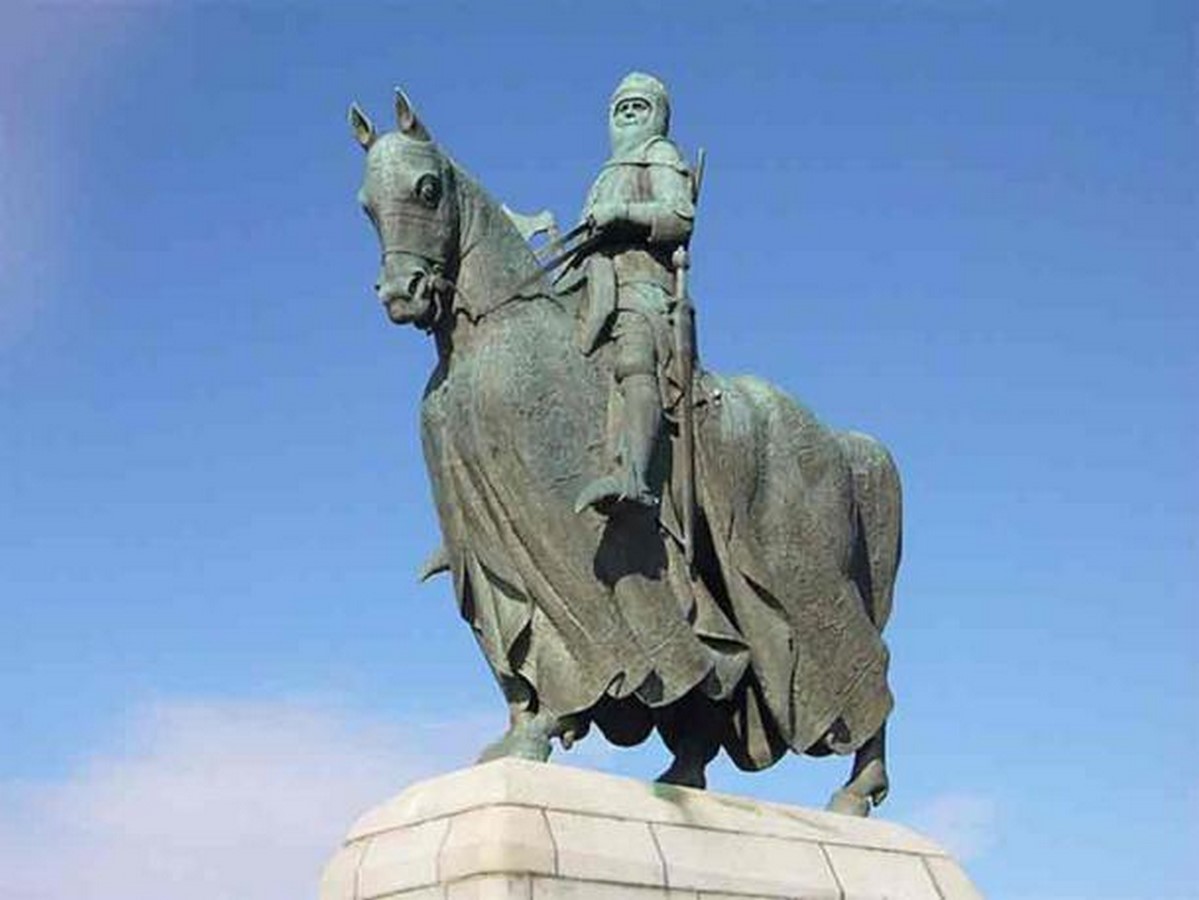
The Man Behind the Legend
Born in the late 13th century into a family of lesser nobility, Wallace’s early life remains shrouded in mystery. Conflicting accounts regarding his family background and upbringing contribute to the ambiguity surrounding his origins. While some sources suggest noble lineage, others depict him as a commoner or even an outlaw.

Wallace’s Rise to Prominence
Wallace’s ascent to prominence occurred against the backdrop of the First War of Scottish Independence, a tumultuous period marked by Scottish resistance against English rule. His charismatic leadership and tactical acumen galvanized the Scots in their struggle for freedom, earning him the epithet “Braveheart.” Despite the scarcity of historical records, Wallace’s pivotal role in rallying Scottish forces is undisputed.
The Context of Conflict
To comprehend Wallace’s significance, one must understand the political landscape of medieval Scotland. The tyrannical rule of Edward I of England, characterized by oppression and exploitation, ignited tensions that culminated in armed resistance. Wallace emerged as a formidable adversary to Edward’s ambitions, embodying the spirit of Scottish defiance.

The Battle of Stirling Bridge
Wallace’s military prowess came to the fore in the Battle of Stirling Bridge in 1297, a pivotal confrontation that showcased his strategic genius. Teaming up with Andrew Moray, Wallace orchestrated a decisive victory against the English forces, bolstering Scottish morale and inflicting a significant blow to Edward’s campaign.
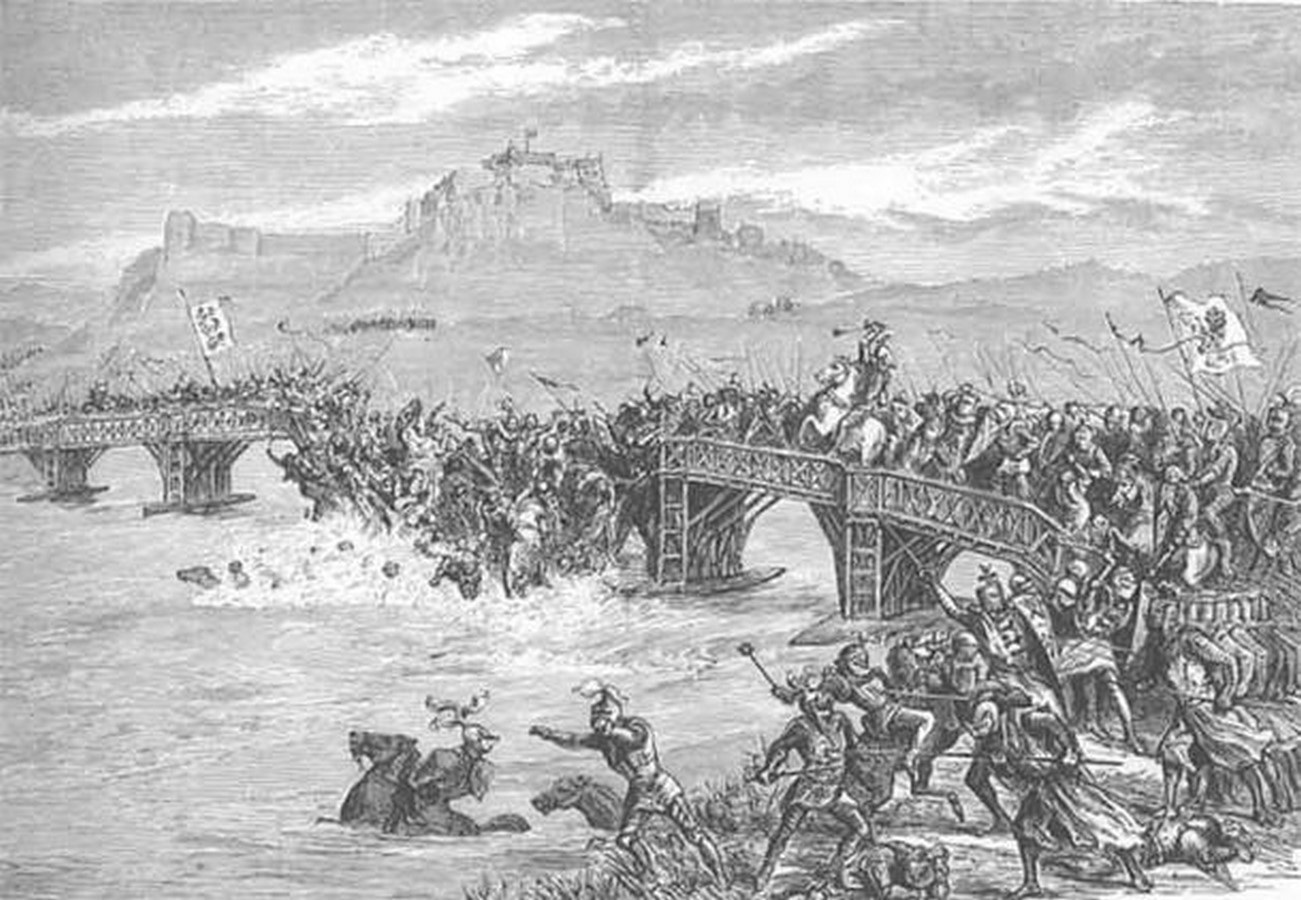
The Ebb and Flow of Fortune
Despite early triumphs, Wallace’s fortunes fluctuated with the changing tides of war. The Battle of Falkirk in 1298 marked a turning point, with Edward I securing a resounding victory over the Scottish forces. Subsequent setbacks and internal strife diminished Wallace’s influence, ultimately leading to his resignation as Guardian of Scotland.
The Legacy of Sacrifice
Wallace’s fate took a grim turn in 1305 when he was captured by English forces and subjected to a brutal execution. His martyrdom, characterized by unspeakable cruelty, transformed him into a symbol of Scottish resistance and resilience. Despite his tragic demise, Wallace’s legacy endures as a testament to the indomitable spirit of the Scottish people.
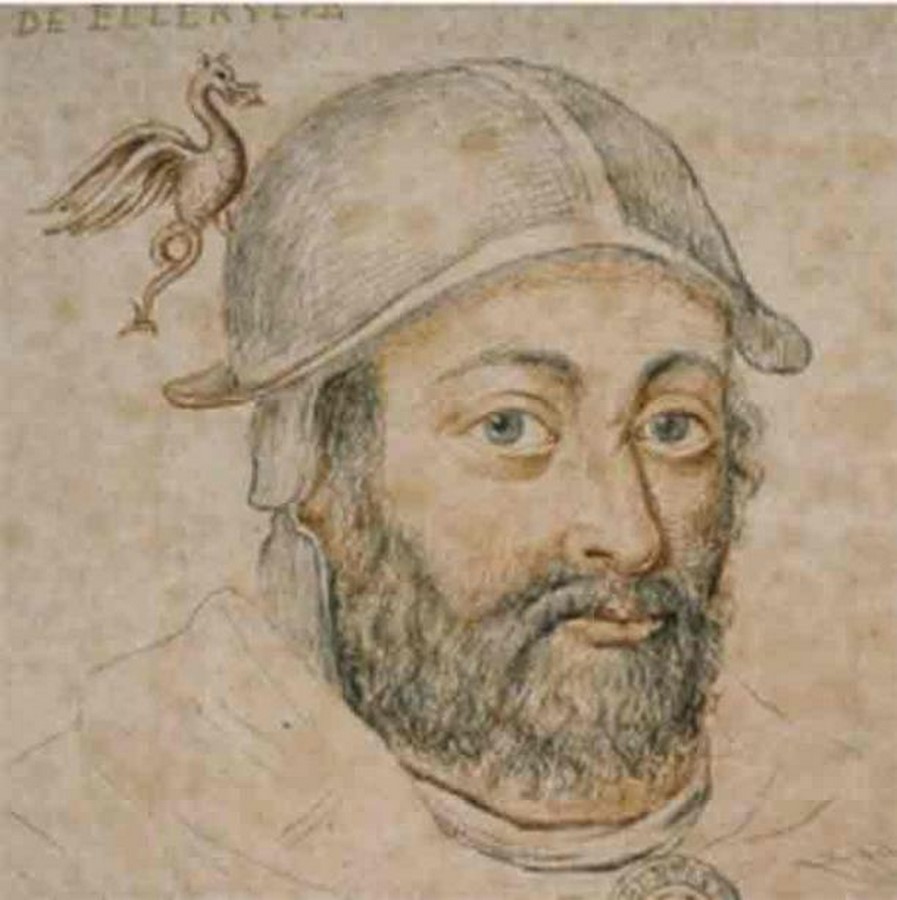
Separating Myth from Reality
Over the centuries, the narrative of William Wallace has been embellished with myth and folklore, blurring the lines between reality and fiction. While historical inaccuracies persist, Wallace’s unwavering commitment to Scottish independence remains a defining aspect of his legacy.
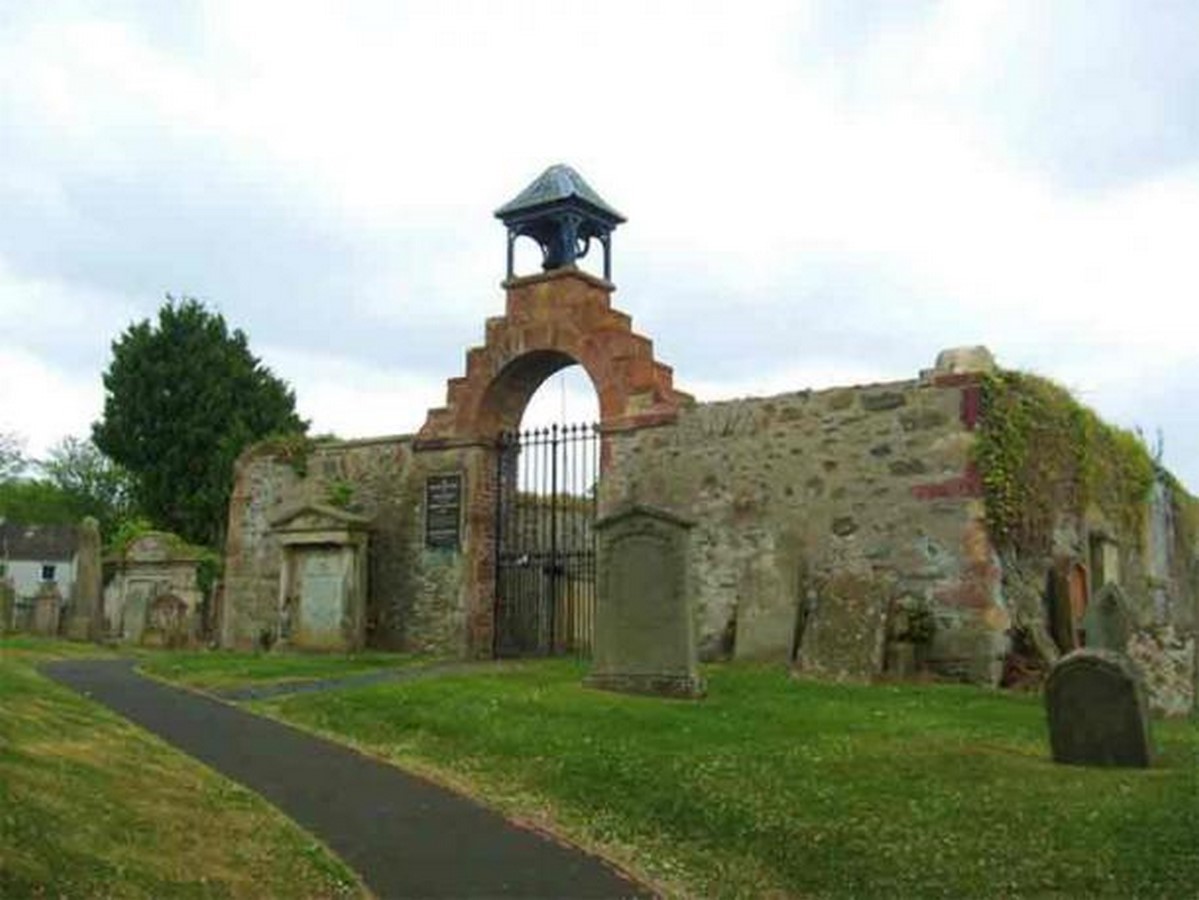
Conclusion: A Hero’s Epitaph
In death, William Wallace transcended the confines of mortal existence to become a symbol of defiance and national pride. His legacy serves as a poignant reminder of Scotland’s enduring struggle for freedom and the sacrifices made in pursuit of liberty. Though his story may be marred by myth and conjecture, the essence of William Wallace endures as a beacon of hope in the annals of Scottish history.





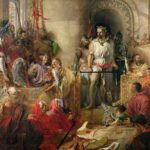

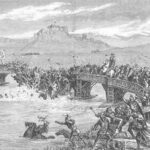







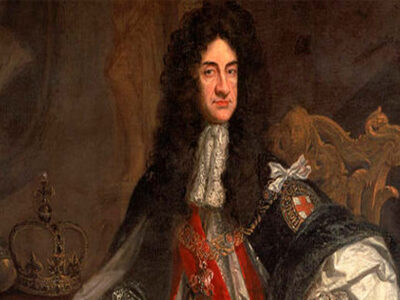
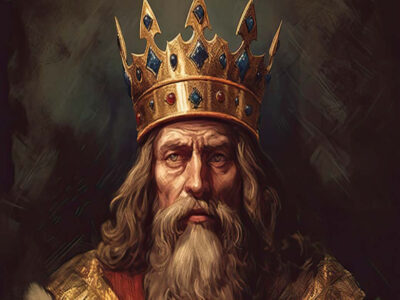

Comments